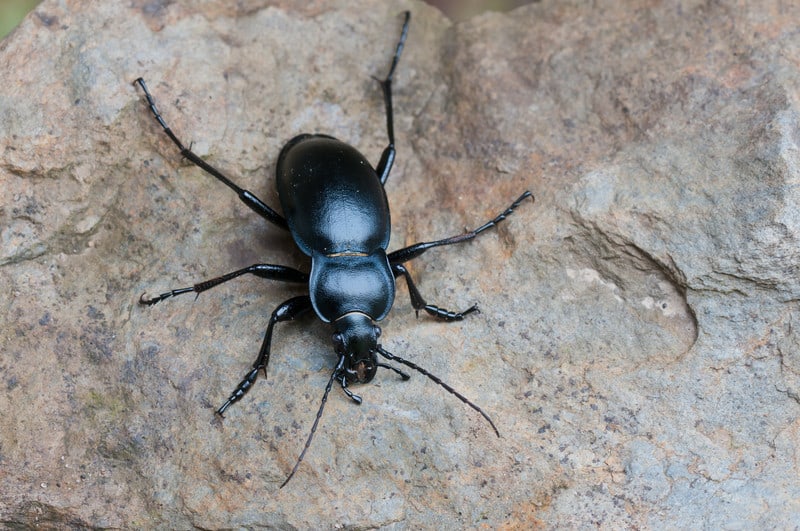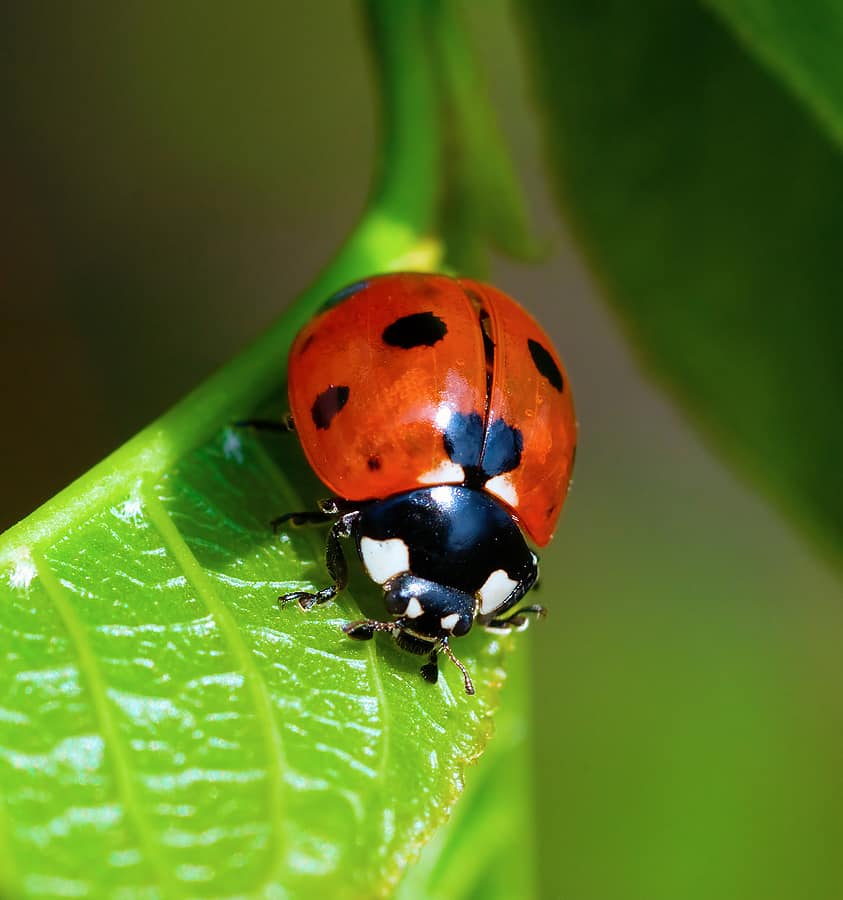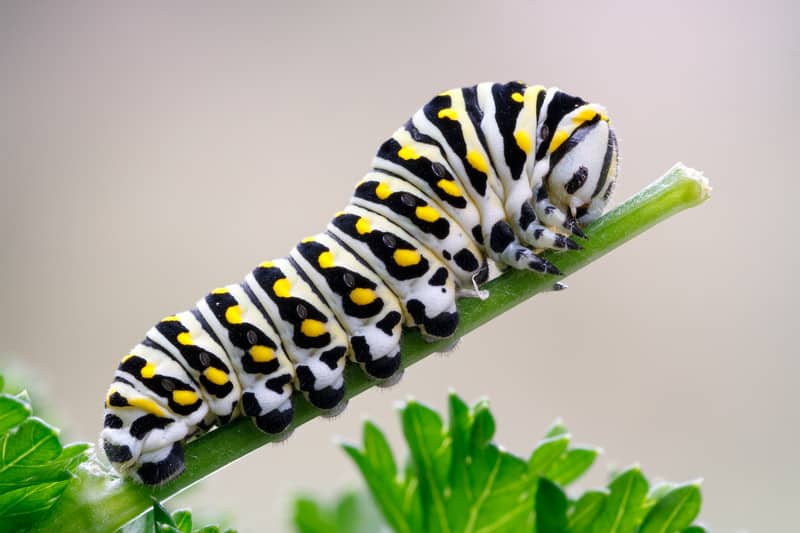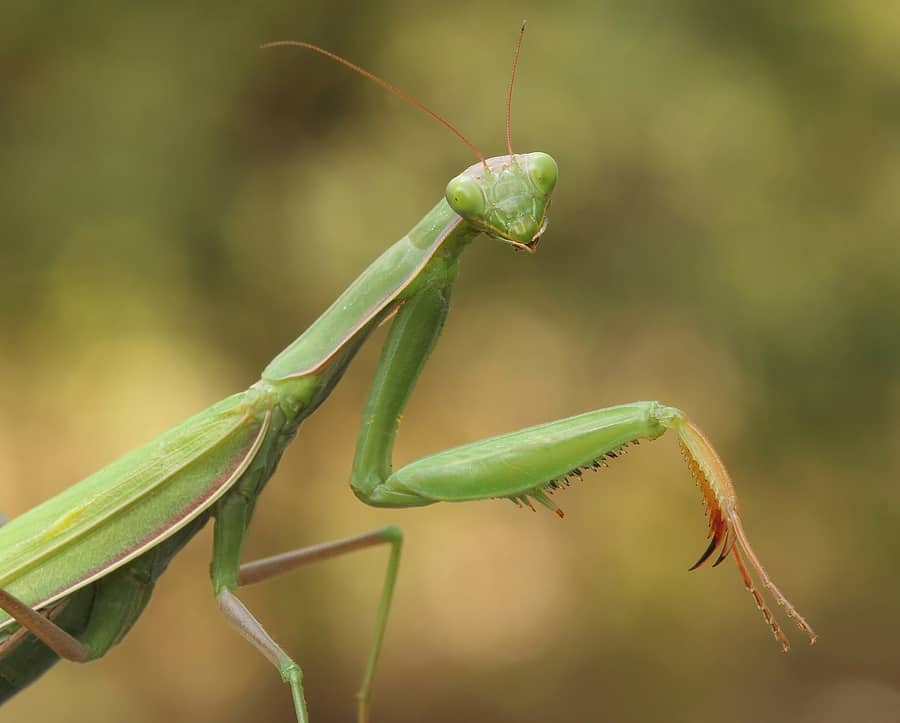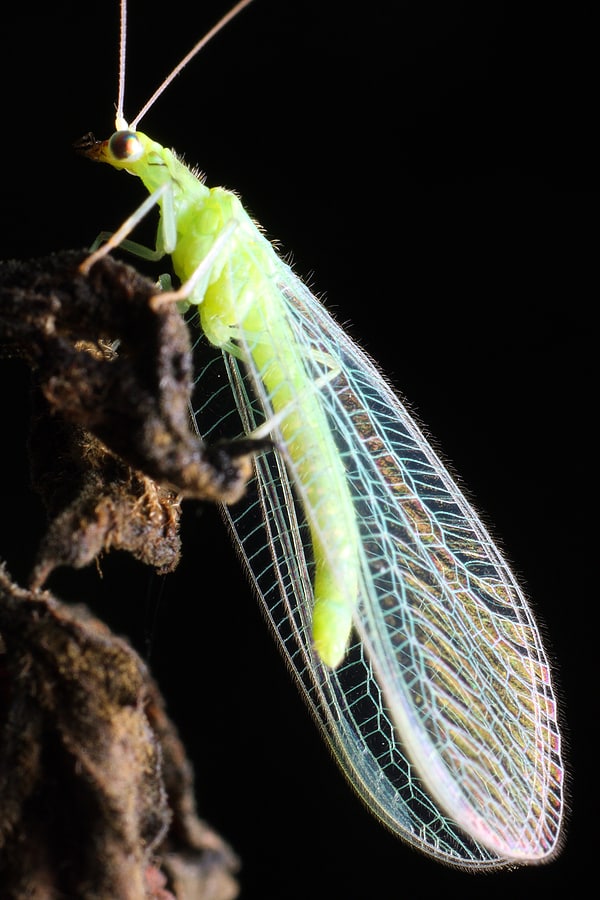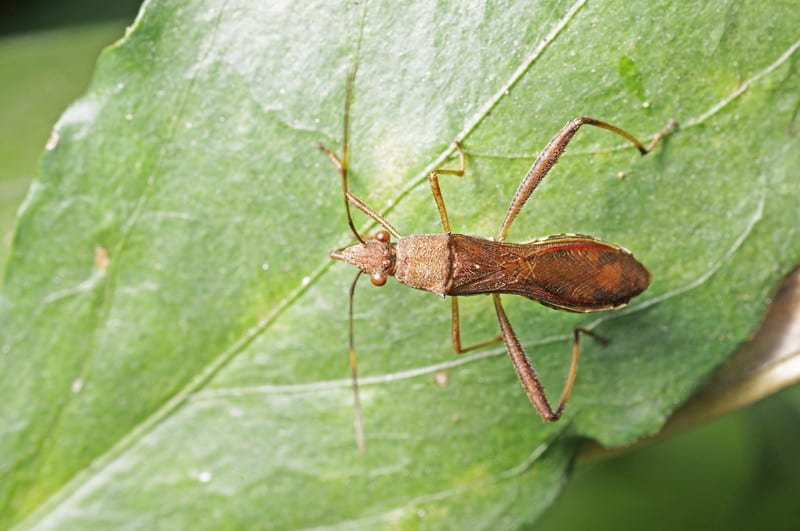Stephen Albert
Stephen Albert is a horticulturist, master gardener, and certified nurseryman who has taught at the University of California for more than 25 years. He holds graduate degrees from the University of California and the University of Iowa. His books include Vegetable Garden Grower’s Guide, Vegetable Garden Almanac & Planner, Tomato Grower’s Answer Book, and Kitchen Garden Grower’s Guide. His Vegetable Garden Grower’s Masterclass is available online. Harvesttotable.com has more than 10 million visitors each year.
Latest stories
More stories
-
in Gardening Tips, Tips
Vegetables and Herbs for Growing in Shade
Vegetables grown for their leaves and roots are the best choices for shady gardens. Salad greens such as lettuce, spinach, cabbage, and celery can be grown in shaded gardens. Roots crops such as beets, leeks, potatoes, and turnips can be grown in shady gardens. A garden site that receives as few as two hours of […] More
-
Vegetable Garden Beneficial Insects
Beneficial insects play a vital role in maintaining the health and productivity of any vegetable garden. Beneficial insects work to control pests and promote healthy plant growth, ultimately leading to higher crop yields and better produce. To reap the benefits of beneficial insects, it’s important to create a suitable environment in which they can thrive. […] More
-
Ground Beetle Beneficial Insect
Ground beetles are beneficial insects. Adult ground beetles and their larvae eat asparagus beetles, caterpillars, Colorado potato beetles, corn earworms, cutworms, cabbage root maggots, Gypsy moth larvae, slugs, snails, squash vine borers, and tobacco budworms. A single ground beetle larva can eat more than 50 caterpillars. Adults hunt their prey in the soil and on […] More
-
Tiger Beetle Beneficial Insect
The tiger beetle is usually a beneficial insect. It eats pest insects including ants, caterpillars, flies, grasshopper nymphs, and spiders. But sometimes tiger beetles eat their own and some other beneficial insects. Tiger beetles are closely related to ground beetles, also beneficial insects, but unlike the ground beetle, the head of a tiger beetle is […] More
-
Rove Beetle Beneficial Insect
The rove beetle is a beneficial insect. Adult and larvae rove beetles eat soft-bodied pest insects including the eggs and larvae of aphids, mites, and mealybugs. They also eat nematodes, cabbage maggots, caterpillars, grubs, fly maggots and pupae, and the larvae of root maggots. Rove beetles eat rotting vegetation and insects that feed on the […] More
-
Common Vegetable Garden Insect Pests
Vegetable garden insect pests are susceptible to many controls. Limit insect damage by identifying pests quickly and recognizing the damage they inflict. Regular visits to the garden will help you spot pests before they become established. Then choose the most effective control given the infestation. The quickest controls for light infestations are listed below under […] More
-
Ladybug Beneficial Insect
Ladybugs are beneficial insects. Ladybugs are also known as lady beetles. Adult and young ladybugs also eat asparagus beetle larvae, Colorado potato beetle larvae, lace bugs, mealybugs, Mexican bean beetle larvae, scale, spider mites, whiteflies, and the eggs of several insects. One ladybug can eat 5,000 pest aphids in its lifetime. The ladybug is also […] More
-
Sowbug Organic Pest Control
Sowbugs are hard-shelled land-dwelling crustaceans. They are not insects. Sowbugs are also known as pill bugs, woodlice, and rollie pollies. Sowbugs eat decaying plants and other organic material in the garden including decaying vegetables and fruits. Sometimes they will chew on seedlings and strawberry fruits, but generally, they do not threaten crops and are important […] More
-
Parsley Worm Organic Pest Control
The parsley worm is a very large, two-inch long, green caterpillar with yellow-dotted black bands across each body segment. It has a pair of orange horns that it can project to scare off enemies. The beautiful black-and-yellow swallowtail butterfly is the adult form of the parsley worm. The parsley worm eats the leaves and stems […] More
-
Praying Mantid Beneficial Insect
Praying mantids (plural praying mantis) are mostly beneficial insects. Praying mantids eat aphids, asparagus beetles, caterpillars, Colorado potato beetles, earwigs, leafhoppers, Mexican bean beetles, and squash bugs. Praying mantids also eat beneficial insects, butterflies, and bees. The praying mantid is a beneficial insect sometimes known as the “destroyer of other insects.” Praying mantises eat an […] More
-
Green Lacewing Beneficial Insect
Green lacewings are beneficial insects. Adult lacewings feed on nectar, pollen, and aphid honeydew. Young, larvae lacewings feed on the eggs and immature stages of many soft-bodied insect pests including aphids, asparagus beetle larvae, caterpillar eggs and young caterpillars, Colorado potato beetle larvae, spider mites, thrips, whiteflies, leafhoppers, and the eggs of pest moths and […] More
-
Assassin Bug Beneficial Insect
Assassin bugs are beneficial insects. There are hundreds of species of assassin bugs. Assassin bugs feed on aphids, cabbage worms, Colorado potato beetles, cucumber beetles, cutworms, earwigs, Japanese beetles, lace bugs, Mexican bean beetles, tobacco budworms, tomato hornworms, and many other caterpillars. Assassin bugs are best observed than handled. An assassin bug will attack the […] More




